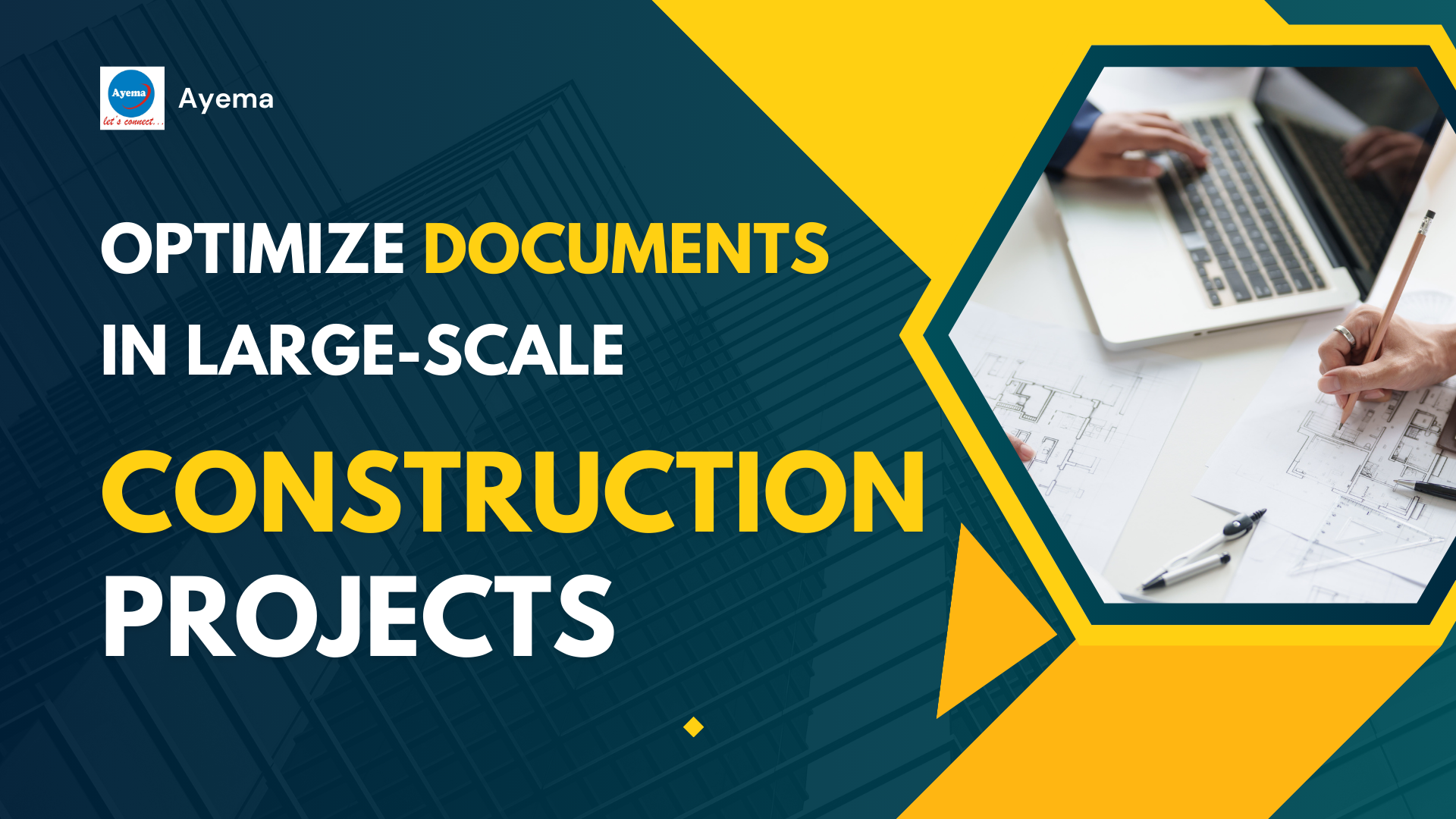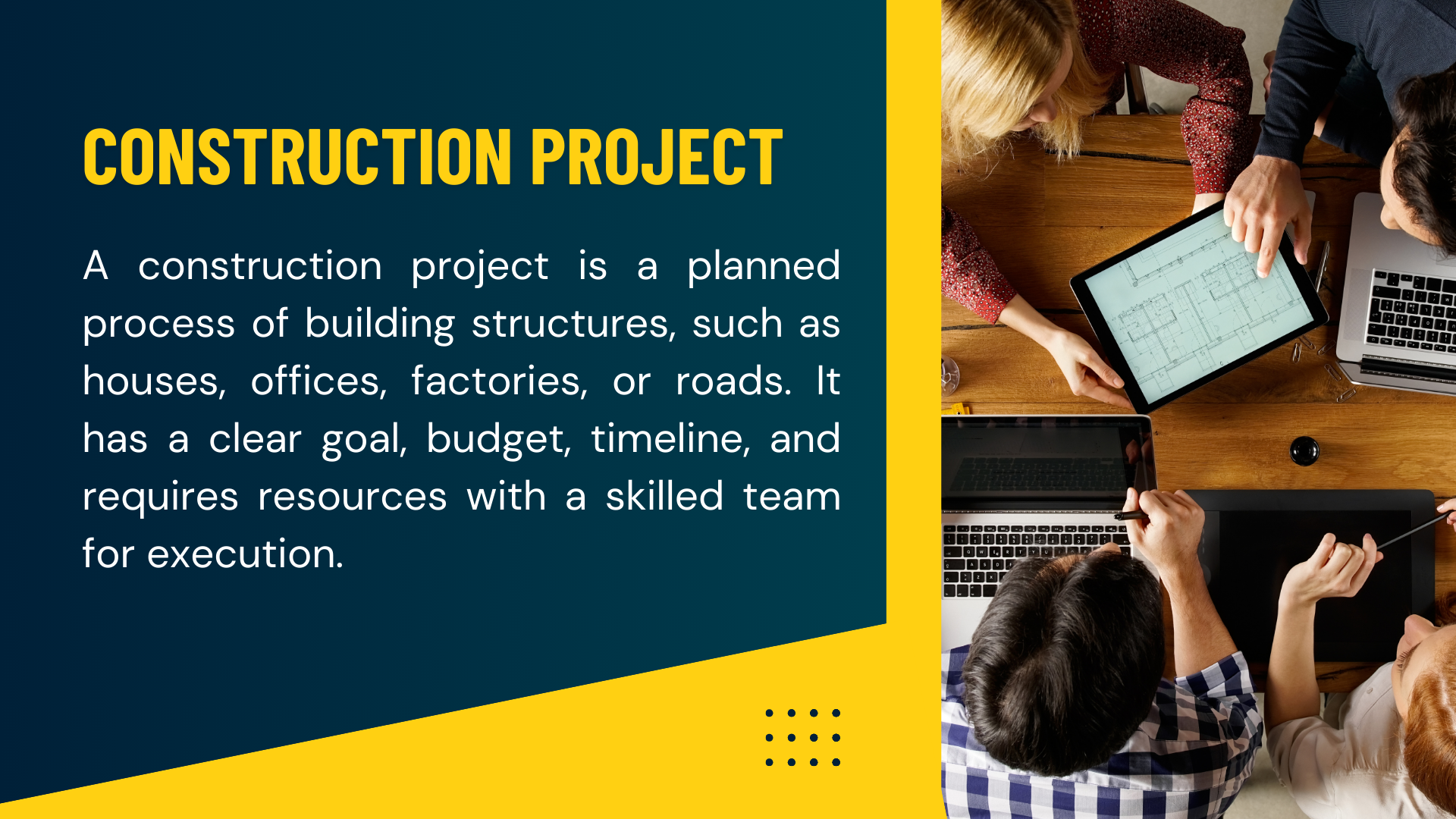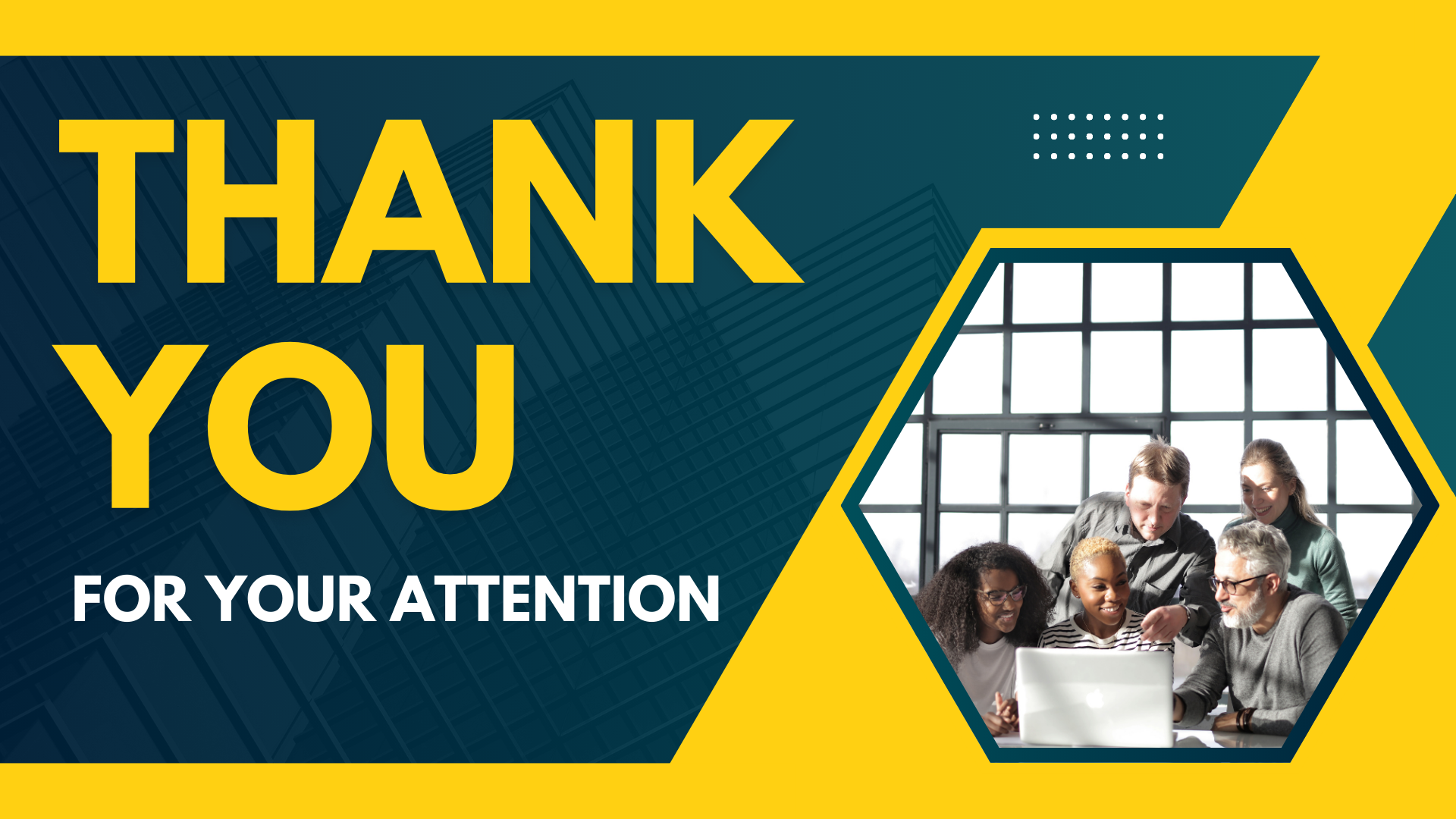Optimize Documents in Large-Scale Construction Projects

Key Takeaways
-
Large-scale construction projects face complex documentation challenges.
-
Digital document management enhances efficiency and accessibility.
-
PDF tools streamline workflows and minimize errors.
What are construction projects?

The processes involved in large construction projects are characterized by many complexities, including the involvement of different stakeholders in the process, complex planning, and various kinds of documentation. There is such a vast amount and variety of documentation from the blueprints and contracts to regulatory permits-which could pose significant problems. Documentation is an essential factor to ensure that operations are successful and that delays are reduced and teamwork is enhanced among the teams involved.
Challenges in Construction Projects
1. Staff alone will produce a massive volume and variety of documents: Huge building projects produce an equally massive volume of documentation, from blueprints and contracts to permits, specifications, and reports. Documentation serves a functional purpose and needs to be organized in a way that allows people to find their information quickly as needed. The extent and volume of documentation can practically drown the teams engaged in the project and make it impossible to find the file or document that you are looking for at a moment's notice.
2. Multi-party Coordination: There are likely to be contractors, architects, engineers, subcontractors, and regulatory bodies involved with the construction project. Each such entity has specific rights of access to different types of documents as they do their job.
Coordination of sharing and updating documents across this diverse group can soon become a cause for disconnection and miscommunication. In the absence of a structured system for document management, the risk of miscommunication will be enormous, risking delays, errors, or disputes and resultant costs.
3. Version control: Coupled with the issue of real-time updates, it would certainly be an issue in this fast-paced environment of construction. For designs, schedules, and budgets that experience frequent alterations, appropriate changes must be communicated to stakeholders at the right time.
Unless a robust document management system exists, version control is most likely to become disorganized. Teams of people work mistakenly with outdated documents, which then brings inconsistency and errors in the implementation process.
4. Regulatory Compliance and Audit Trail Maintenance: Compliance with local regulations and industry standards is critical in every construction site. This takes not only submitting permits and other necessary documents but also maintaining an audit trail that would present what happened in conformity with the legal requirements.
Compliance-related documents complicate the process further while involving document management. The stakeholders must ensure that all the approvals are received and recorded well. It leads to legal consequences or additional fines and delays in completing projects.
Role of Digital Transformation in Document Management
Document management in large construction projects moved from paper-based to digital solutions. Construction document management was, in the past, in the form of stacks of paper, filing cabinets, and mainly manual work.
Although this has been the traditional approach to managing construction documents, it's inefficient, and mistakes are easy to make. In reaction to this and the great way in which the construction industry has evolved, there is a need for more fluid, efficient methods in order to meet documentation needs. This need has then been met with new digital solutions that offer project teams the opportunity to access, share, and manage documents more effectively.
Perhaps the largest evolution happening in this space is taking form in construction-specific document management solutions. Document management software aims to be a one-stop solution for centralizing and managing documents in one place, so teams have at their disposal whatever they need to access.
For example, version control keeps all parties using the most current documents so that there is less chance of miscommunication and that old information doesn't negatively affect the outcome of the project. Many of these tools also integrate into other project management applications, additionally enhancing collaboration and coordination of teams.
The benefits of a move to a paperless environment are quite substantial. First, digital document management enhances accessibility; members can access information from anywhere, be it on-site or in the office, and can help in the realization of real-time decision-making. Third, efficiency is enhanced by mechanizing as much paperwork as possible.
Processes such as routing for approvals and notifications for deadlines are already automated in many organizations. Besides, going paperless allows cost-cutting since printing, storing, and maintaining physical documents account for greatly diminished related costs.
As such, digital transformation in document management optimizes workflows but also puts construction projects in a better position for takeoff into an increasingly dynamic industry.
Optimizing Document Workflows with PDF Tools
Editing PDFs: Large construction projects require that any changes to existing documents be made so as not to invite costly mistakes and misunderstandings. Such tools allow the project manager and members of the team to make their necessary changes directly from the document contract, blueprint, or specifications.
This feature ensures that everybody works with the most recent information, and there would never be any confusion due to older versions. By enabling users to alter text, images, and annotations in PDFs, the editing tool maintains clarity and accuracy in project documents.
Merging/Splitting PDFs: Construction projects often produce several reports, plans, and other documentation that need to be shared between teams. Merging PDF tools may assist in combining several reports into one file so that one can hand it over to their respective groups with access to a comprehensive copy of the same information.
The converse is also feasible: splitting large files into smaller parts to help specific teams concentrate on the relevant data while keeping away irrelevant pieces of information would help improve workflow. This feature, therefore, would better organize, simplify communication, and improve workflow.
Converting Documents: The collaboration needs to have uniform formats for all documents. The conversion tools in PDF make it possible for the project teams to share their Word document, an Excel sheet, or even a CAD file as a PDF, giving them a uniform format.
This makes sure all members see their shared documents without problems or any troubles with the type. Third, the conversion of files to PDF helps preserve the formats of those documents; thus, any design and data will be presented accurately anywhere and on whatever kind of device.
Annotations and Commenting: Effective collaboration is always the essence of any construction project, so one should find PDF tools that allow annotation and commenting. Annotated PDF and commenting tools allow members to add notes, highlight changes, and share their feedback directly within the document.
All parties then engage in discussions regarding any changes or clarifications. Annotations and commenting tools allow real-time collaboration, hence enhancing decision-making processes toward better project results.
Sum Up

Improvement in documentation processes in relation to large-scale construction companies will be important to handle the underlying challenges of complexity, coordination, and compliance. Going to digital solutions in documentation will eliminate excesses in the workflow, improve cooperation, and ensure that all project participants have the most current and accurate information.
With the use of various targeted devices (many of which already exist), including PDF software, the construction teams can reduce the risk of mistakes and misunderstandings, which are used to edit, merge, convert, and annotate documents, allowing these teams to perform their project more efficiently.
Because of the way the construction sector works, these advances in technology are likely to not only solve existing problems related to documentation but also allow these businesses to respond to the future demands of an evolving environment.
- Art
- Causes
- Crafts
- Dance
- Drinks
- Film
- Fitness
- Food
- Games
- Gardening
- Health
- Home
- Literature
- Music
- Networking
- Other
- Party
- Religion
- Shopping
- Sports
- Theater
- Wellness


